Highlights of Brunei
 Surprisingly, only two-thirds of the population are Muslim, with 13% Buddhist and 10% Christian and another 10% of indigenous beliefs. Perhaps the Christian population is swollen by the number of oil workers from the UK and places like the Philippines, and the local Chinese probably accounts for the Buddhists. Around 15% of the permanent population is Chinese, and even if their families have lived in the country for hundreds of years they're still not citizens; if they want to travel then they're issued with International Certificates of Identity. It's official government policy that the majority Malay Bruneians hold all of the top posts in the country, and no matter how skilled a Chinese Bruneian is, they will never be promoted above a certain level while working any place where the government has influence. Democracy is not a priority in Brunei - the sultan is an absolute monarch, so there are no elections and no functional political parties. The sultan decides who serves on his advisory panels, which include the council of cabinet members, the religious council and the privy council. The press is very restricted and never criticizes the royal family, which is no surprise since journalists can be imprisoned for up to three years for reporting "false news". Criticism of any kind isn't tolerated - while I was there a British guy I worked with and his wife were thrown out of the country with 24 hours notice after it was discovered that they'd played a game of "hangman" with "Bloody Bruneians" as the phrase to be guessed! Of course it's an ill wind that blows no good, and it's certainly true that visitors to Brunei don't have to worry about theft or violent crime. |
 Another reason why people don't come is that Brunei is a very small place, with only 370,000 inhabitants as of 2005, and less land area than the small American state of Delaware. There's just not a lot to see here, so it's hardly surprising that it's not on the top of anyone's list of "places to go before I die". Nevertheless, there are a few things worth seeing, and for certain people like naturalists it might be something of a paradise. Although the Churchill museum and the aquarium are gone, there is a National Museum on the banks of the Brunei River at Kota Batu, with a Malay Technology Museum nearby; however, I didn't have time to visit either of them. |
| Like several of Brunei's other main buildings, the mosque is lit up at night. It was designed by an Italian architect and built in 1958 using Italian marble and granite from Shanghai. The golden dome is 52 meters tall and is visible from most of the city. |
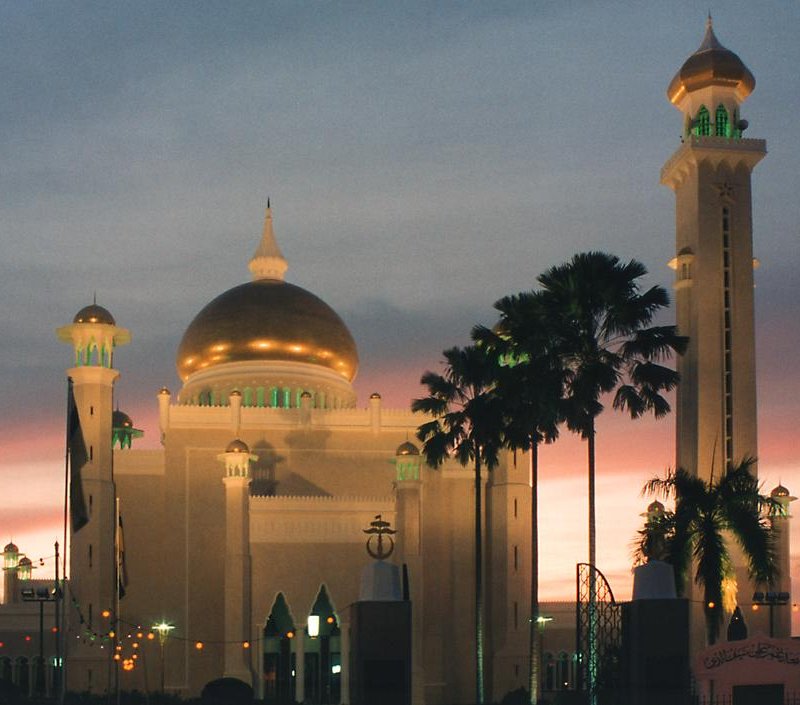 |
 The royal family has a well-deserved reputation for financial and other excesses, but they're able to get away with it because there's enough oil money to be extremely wasteful and yet have plenty left over to "trickle down" to the remainder of the small population. Education up to university level is free, housing is heavily subsidized, there are no income taxes and the government pays for muslims who want to make the pilgrimage to Mecca. |
| It's also lit up at nighttime. |
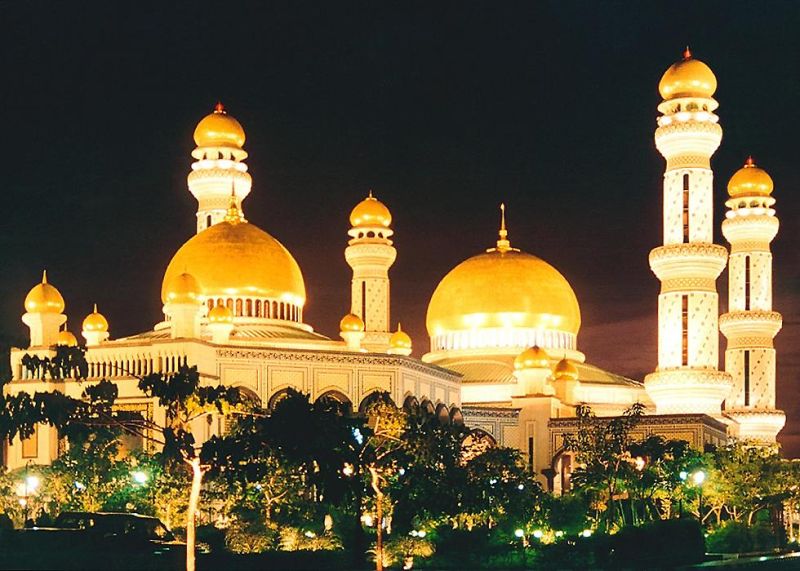 |
| Here's a photo which shows almost the whole oil industry from start to finish - a "nodding donkey" outside the fence pumps oil from the ground, an oil refinery in the background burns off excess hydrocarbons during the distillation process, a petrol station retails the end product and happy consumers use the petrol to make the world a better place. Royal Dutch Shell has exclusive rights to operate the oil fields and they're by far the largest employer in the country. Incidentally, you can see the use of Arabic characters on the tall sign outside the petrol station; most of the road signs in Brunei are both in Arabic and Roman script. |
 |
| Oil was the only reason I came to Brunei, staying for a month down in Kuala Belait in 1994 in order to help install radio systems on the offshore oil rigs. Shell operates these Sikorsky S61N helicopters to transport workers to and from the rigs from the airfield at Anduki. |
 |
| As well as the oil rigs, there are a large number of boats and ships dedicated to providing services. Each ship does a different task, like painting or engineering work such as x-raying the pipes in order to find corrosion. The radio systems I was doing the software for were used not just for oral communication, but also to send and receive faxes. The guy on the right-hand side of this photo is Haji Affendi, by far the nicest Bruneian I met - and also the most religious. The term "Haji" is a title rather than a personal name, it refers to someone who has made the "Hajj", or pilgrimage to Mecca. Most of the Bruneians I worked with were unmotivated, happy to lazily drift along on government handouts, but Haji Affendi took the job seriously and was also a very nice guy. |
 |
 I was wandering around in the area looking for wildlife to photograph, but my shoes ended up caked a couple of centimeters thick with the gooey red clay you can see in this photo. While I was walking outside the fence a Gurkha soldier guarding the facility called me over and brought me inside the fence to use a hose to wash off the clay. It was very strange to hear him speak with a very upper-class English accent - I guess he must have picked it up from his British officers. |
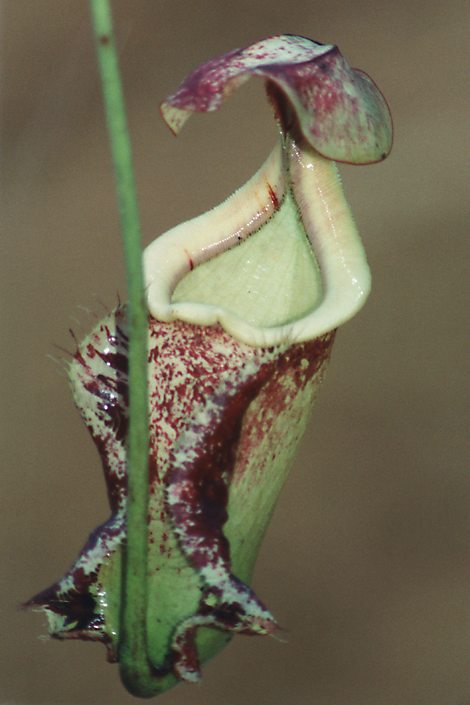 As it happens, this satellite station was the only place I saw them, and not just large ones like this, but a much smaller variety as well in which the pitcher wasn't more than one or two centimeters long. Pitcher plants digest insects which fall into the liquid inside the container you see here. The plants do this to obtain nitrogen, which is a very rare commodity in water drenched areas like tropical jungle. The soil in such places is usually very poor, which might seem surprising, since there's so much wildlife there. |
 At the time I visited I wasn't as deeply involved in wildlife photography as I am now, but Brunei might be where that latent interest first received a large boost. I took quite a few photographs of birds like kingfishers, as well as dragonflies and other insects - none good enough to put up here, though. I visited a couple of nature preserves, including Tasik Merimbun, which has the largest lake in Brunei. There are other facilities such as the Kuala Belalong Rainforest Field Studies Centre, which mostly caters to scientific researchers. In the eastern part of Brunei, tours go into the mangrove forests to see proboscis monkeys, so named for the huge noses sported by the males. There are even tours into the rainforest at night, which is a major pastime for me nowadays when I'm travelling. |
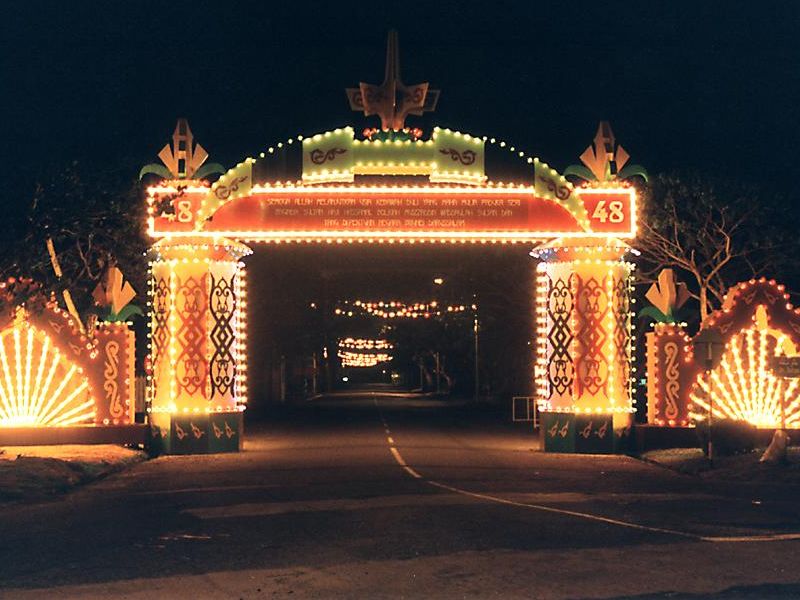

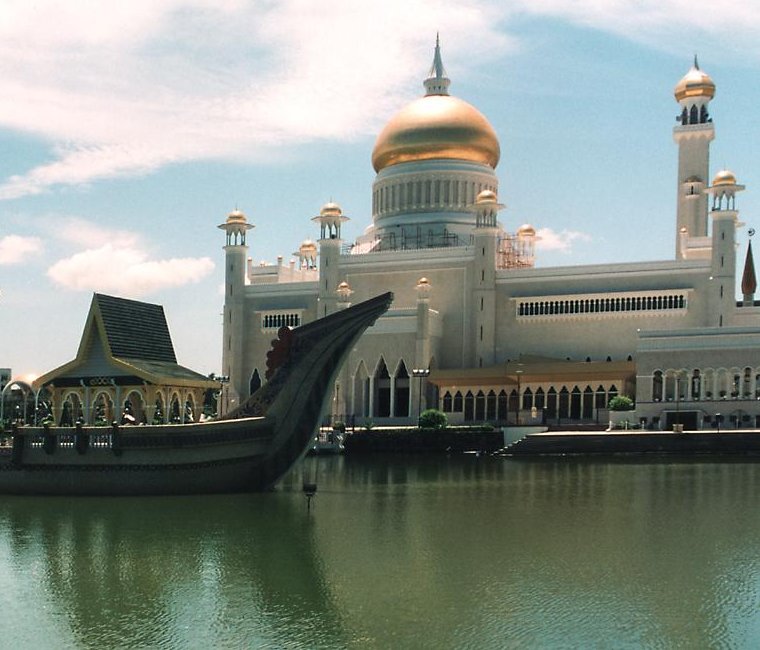
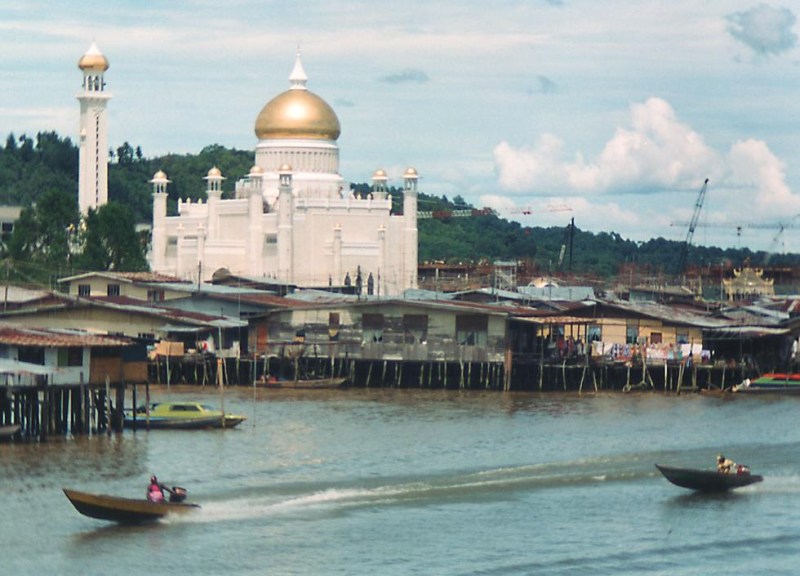
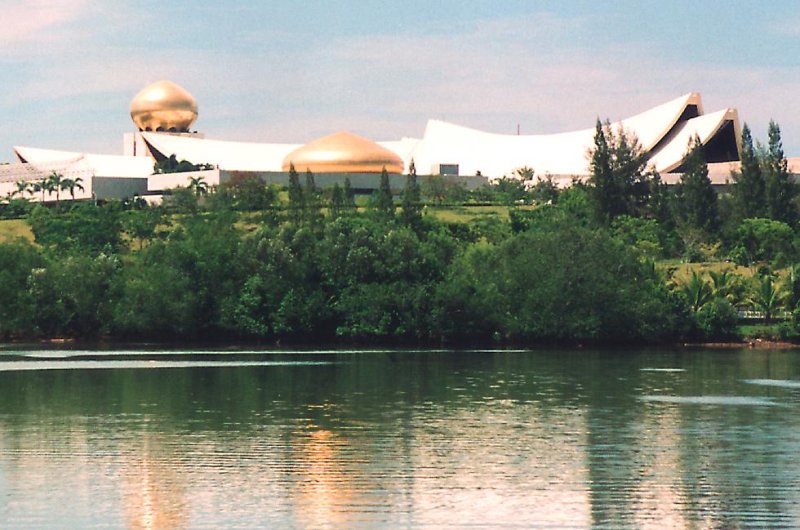
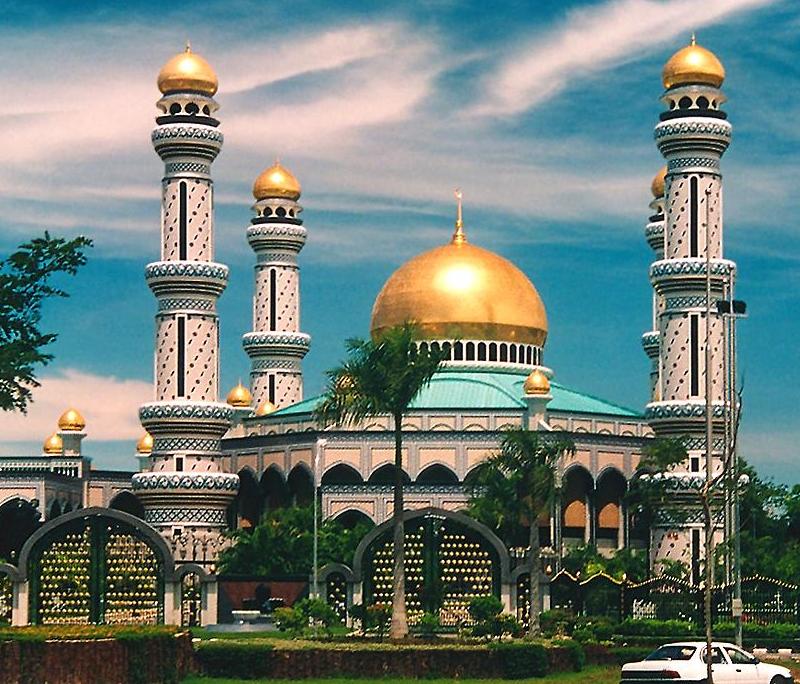
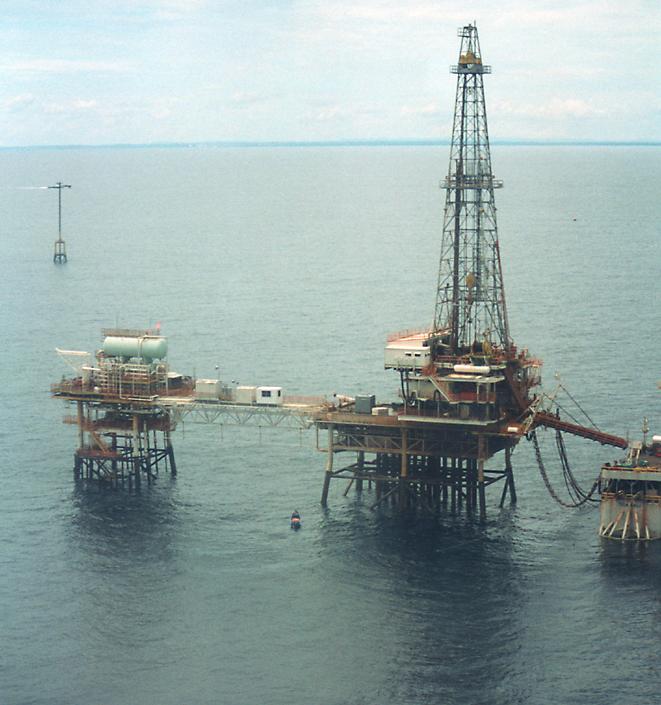



Tiada ulasan:
Catat Ulasan